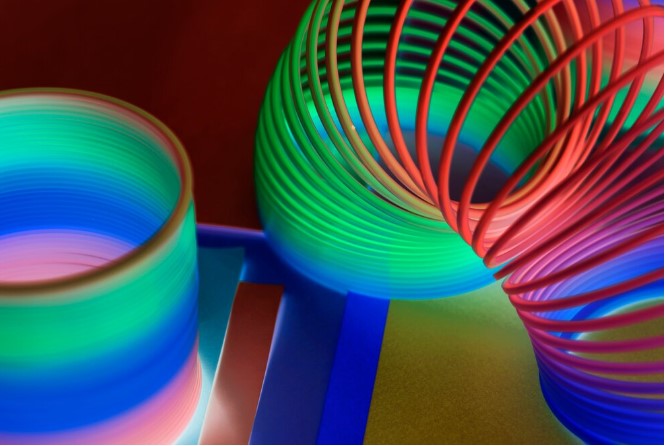In the fascinating world of material science and thermal engineering, heat transfer paper emerges as a pivotal tool for transferring intricate designs onto various substrates, most commonly textiles. Understanding the scientific principles behind heat transfer paper not only enriches the knowledge of professionals in related fields but also enhances the efficiency and quality of the end products. This article delves into the material composition and thermal dynamics of heat transfer paper, offering a comprehensive overview of its operation, applications, and innovations.
Material Composition: The Foundation of Functionality
Heat transfer paper is ingeniously crafted from a base paper, which acts as the carrier for the actual heat-activated adhesive that transfers the design. This base paper is typically coated with a layer of polymer film, which is engineered to melt or soften at specific temperatures, allowing the ink or dye to release from the paper and adhere to the fabric or substrate. The precise formulation of this polymer layer is crucial, as it determines the transfer efficiency, color vibrancy, and washability of the transferred design. Innovations in polymer science have led to the development of eco-friendly, high-performance coatings that enhance the sustainability and appeal of heat transfer paper products.
Thermal Dynamics: The Heat Transfer Process
The process of transferring a design onto a substrate involves a fascinating interplay of heat and pressure. When heat transfer paper is placed onto a substrate and subjected to high temperatures, typically using a heat press, the polymer coating reacts thermally. This reaction triggers a phase change in the polymer, transitioning it from a solid to a more fluid state, enabling the transfer of ink to the substrate. Simultaneously, the application of pressure ensures that the design is evenly transferred with high fidelity to detail.
The thermal dynamics of this process are influenced by several factors, including the type of ink used, the substrate material, and the specific heat and pressure settings of the heat press. Precise control over these variables is essential for achieving optimal transfer results. For instance, too little heat may result in incomplete transfer, while excessive heat can damage both the paper and the substrate.
Advancements and Applications
The ongoing advancements in the science of heat transfer paper are closely tied to the development of new materials and technologies. For example, the integration of nanotechnology has led to coatings that enable more precise control over the thermal response of the paper, opening up new possibilities for high-resolution transfers. Similarly, research into biodegradable and recyclable materials is paving the way for more sustainable heat transfer solutions.
Heat transfer paper finds applications in a myriad of industries, from fashion and apparel to advertising and interior design. Its ability to enable quick, cost-effective customization of products is particularly valued in the fast-paced world of consumer goods.
Conclusion
The science behind heat transfer paper is a testament to the remarkable achievements in material science and thermal engineering. By understanding the material composition and thermal dynamics of heat transfer paper, professionals and hobbyists alike can unlock new creative potentials and applications. As research and development in this field continue to advance, we can anticipate even more innovative and sustainable solutions for transferring designs onto a wide range of substrates. The future of heat transfer paper looks bright, with endless possibilities for customization, creativity, and sustainability.






